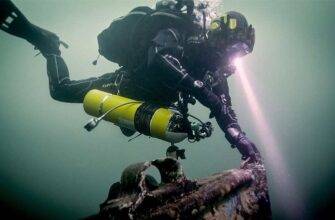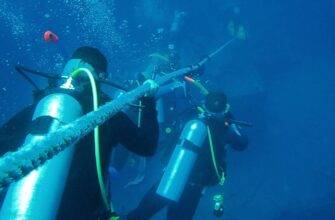
It’s time to talk about the ppm of salinity in sea water and explain what it is. It is customary to express salinity in thousandths because even minimal changes in salinity have a certain meaning.
The abbreviation %o (read “promille”) means “one thousandth”, i.e. 35%o is 35 grams of salts per liter of water. (As a side note, to convert a ppm to a percentage, we divide by ten, so 35%o = 3.5%).
The average salinity of the ocean is 35%, or Between the fluids of their body and the external environment there is a chemical equilibrium.
Most plants and animals do not have mechanisms to maintain the chemical composition of their internal environment when exposed to water of sharply different salinity, but there are exceptions.
Salmon are perhaps the best example of fish that are capable of osmoregulation, a process in which the active transport of of substances across the cell membrane from a low concentration to a high concentration, thereby keeping the network composition of bodily fluids and cells at a non-potential level.
This mechanism allows salmon to overtransport from freshwater to saltwater.
Read More:




